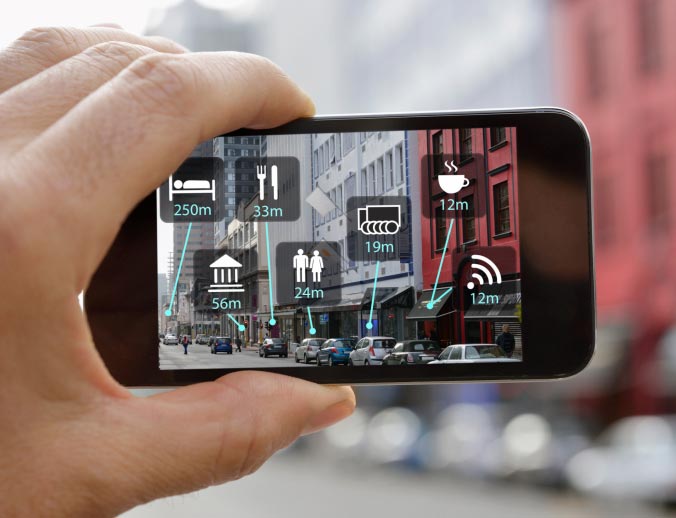The pressure is on. Now more than ever, marketers are under the intense pressure to drive growth for the companies we serve. Many of us are doubling down and spending big on tech and media to better penetrate the markets we are in. In fact, 60% of marketers indicate that they are set to increase their marketing technology spending in the next 12 months. We continue to spend so much on these tools for a good reason—they help us better identify, target and gather significant insights on our audiences.
Here is the rub though, this spend on tools and media only increases the pressure to provide solid ROI for our marketing decisions. And the truth is that you can spend all the money in the world to target the right audiences—with the right placements, too—but it will all fall flat if your content is not as good as your media decisions. In fact, the effectiveness—or lack thereof—of these same MarTech tools is entirely dependent on the content you serve up.
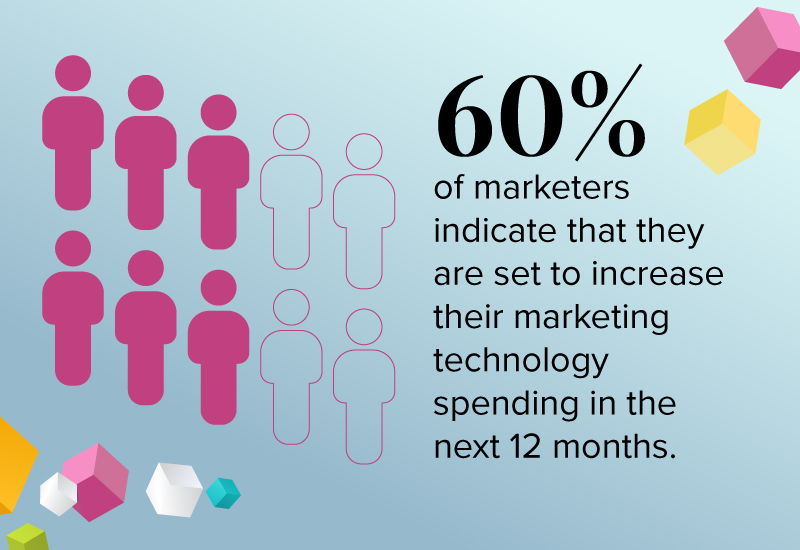
Believe it or not, our job used to be easy.
It is nutty to think about, but the unprecedented access we now have to data has made marketing harder. Think about it, before our unparalleled access to data, we would develop a brand campaign focusing exclusively on the top of the funnel. Over time, the views and value marketing provide would grow, and marketers were then asked to be accountable for both brand messaging as well as the promotion of products and services. In turn, we became growth marketers, developing messaging for each stage in the customer journey. But the challenge now is that there is no funnel. The typical customer journey is nonlinear with audiences weaving in and out, skipping steps and as a result, more often than not, missing the brand connection.
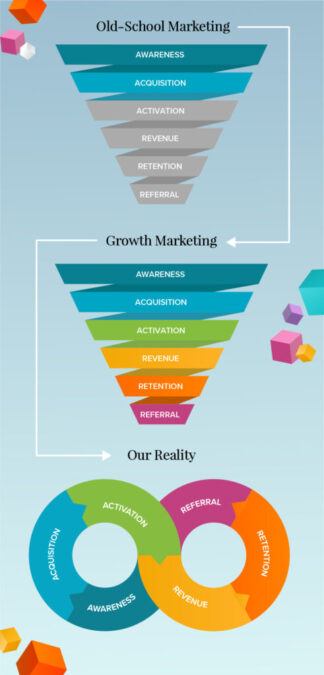
So, what do you do?
For content to be successful, authentic storytelling should be used to better shape the customer journey—throughout the entire journey—and better connect audiences to your brand because it evokes an emotion.
Storytelling is so powerful because every human emotion is driven by impulse. We feel first. Then, seconds later, the rational part of our brain will want to reject this impulse, but if our emotions are strong enough, we’ll override it as humans. This is what causes a cognitive bias, and we should all use this to our advantage.
That is where conversion storytelling comes in. To break down the term conversion storytelling, let’s look at each factor individually:
A conversion is obvious. It is the point at which a recipient of a marketing message moves to action. It is a click, a view, a share, a purchase, a subscription, a login creation, and it is all about gaining eyes and evoking action.
Storytelling is the art of using words and imagery to evoke a feeling and ultimately a response. At Pace, we believe there are five key components to great stories. The balance and mix may vary but you must have all these components to create an impactful story.
- Relevancy: Timeliness and what matters to audiences (they need to see themselves represented)
- Emotion: Tone and voice to evoke a feeling
- Purpose: Must align with brand purpose
- Authenticity: Builds trust and personifies the brand
- Function: Deliberate next step we want taken
Conversion storytelling is a measured, tactical way to target and move individuals through the entire journey—to conversion and beyond—with insights-driven, impactful storytelling. This type of storytelling moves away from mass quantity content to that of higher quality, targeted content that better connects and drives audiences to action regardless of where they are in their journey.
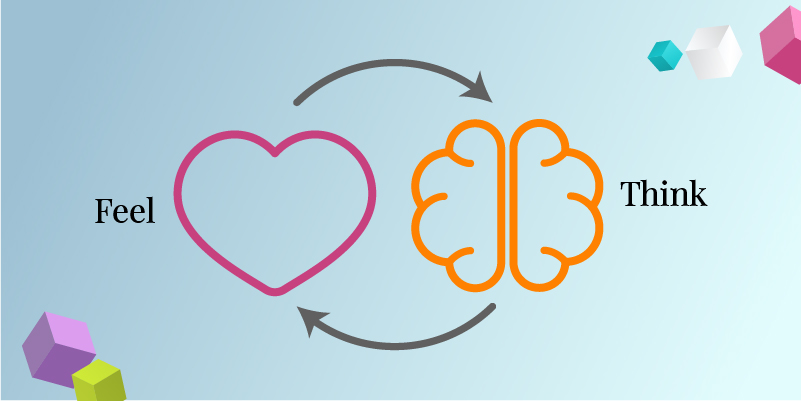
Taking On the Conversion Storytelling Mindset
Knowing that a conversion could happen at any time, marketers must take on a conversion storytelling mindset now more than ever. To employ this mindset, marketers must:
• Embody a wholistic, full-journey state of mind
• Have an intense focus on the unique, changing motives and preferences of their customers
• Serve highly tailored, individualized messaging aligned to customers’ needs in relevant stages and channels
• Employ constant analysis and relentless experimentation to their content programs
With a conversion storytelling mindset comes the opportunity to take action.
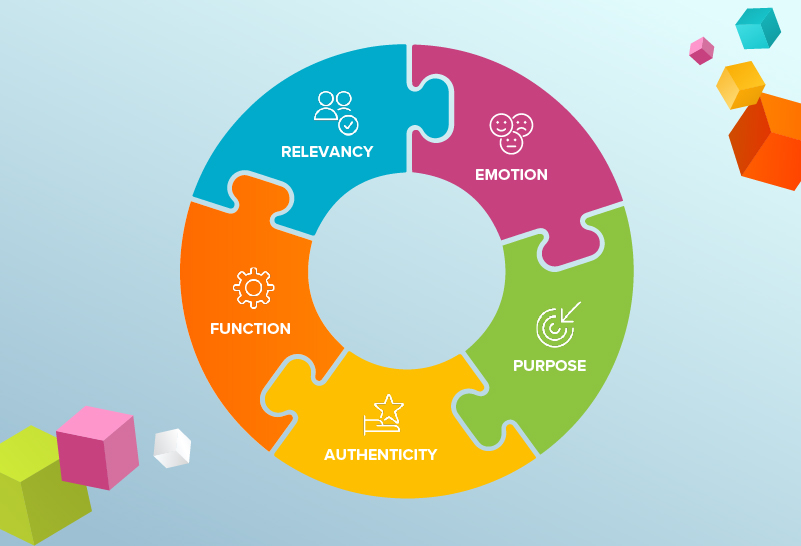
How to Develop a Conversion Storytelling Program
Marketers can make their investment in tech and media work harder by incorporating the following process:
Step 1: Invest and mine for insights.
• Know your audience, your competitors and today’s market landscape.
• If you cannot afford it or timing is tight, get scrappy. Lean on agency partners, search the internet for available data or purchase a recent research study.
• Learn from wins and losses to understand what gave the conviction to choose your brand—or not.
Step 2: Develop your story.
• Use the insights from the first step to develop a story that meets customers where they are and showcases your brand in available messaging whitespace. This enables you to identify the foundation of your story.
• Confirm your brand strategy connects to your content strategy and messaging framework.
• Ensure stories are connected but are also serving specific needs based on audience, placement and timing.
Step 3: Determine the tools and channels.
• Orchestrate a plan for owned, earned and paid distribution based on your budget, content and resource requirements.
• Leverage tools and partners that will make you more efficient and effective.
• Be real about your needs but plan for the future. Not everyone will need a more advanced analytics system beyond Google Analytics/Google Tag Manager or an expensive CRM or ESP.
Step 4: Be accountable.
• From the beginning, build a measurement framework that ties back to business goals and marketing objectives.
• Define and educate KPIs by channel throughout your audience’s journey.
• Use internal benchmarks, and do not be short-sighted for early programs. Make sure you have enough data for statistical significance.
Step 5: Don’t set it and forget it.
• Remember, your audience is fickle; their needs are always changing. Make sure you serve them what they expect and deserve.
• Develop a test-and-learn plan to continuously optimize your content by audience segment and channel.
• Leave your ego at the door; if the data is telling you something is underperforming, go with the higher performer regardless of your opinion.
#ConversionStorytelling is a measured, tactical way to target and move individuals through the entire journey to conversion—and beyond.
Nicole Martin, Managing Director, Pace
Conversion storytelling is content done right.
Because conversions could happen at any time in our world of nonlinear customer journeys, marketers must adopt a paradigm of conversion storytelling. This involves focusing on customers’ changing motives and preferences, serving messaging that’s tailored for relevant channels and stages of the customer journey, and experimenting and analyzing constantly.
Follow steps one through five above and you will be well on your way.

